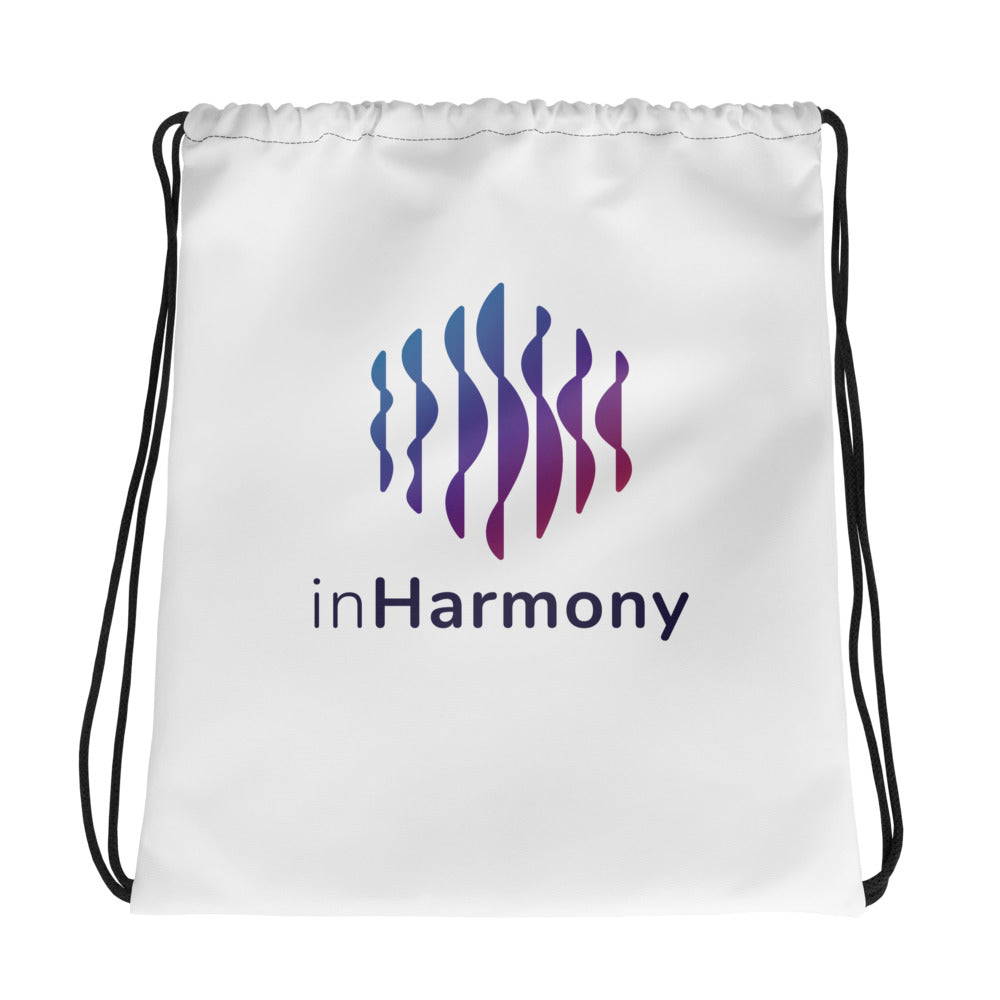Vibroacoustic Therapy: Sound Vibrations in Medicine by Chris Boyd-Brewer presents intriguing insights into the application of sound vibrations in medical contexts. This exploration offers potential benefits that warrant further investigation, shedding light on the evolving role of sound therapy in enhancing wellness.
This article provides a comprehensive overview of vibroacoustic therapy (VAT), which uses low-frequency sound vibrations applied through specially designed equipment to promote relaxation, reduce pain, and support healing. The technology has evolved through multiple systems—Full Frequency Music (FFM), Selective Low Frequency (SLF), and Quantified Mechanical Vibration (QMV)—each offering unique therapeutic benefits. Clinical studies and anecdotal reports show VAT can improve outcomes in areas like anxiety reduction, physical therapy, post-surgical recovery, and chronic pain management. While results are promising, more standardized research is needed to further validate its effectiveness. VAT is noted for being non-invasive, drug-free, and well-suited for both medical and wellness settings.
Read More





